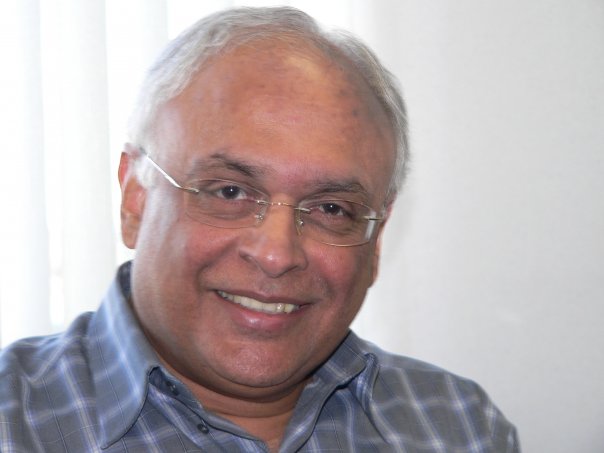
Raja Ramanathan was born in Independent India, in Calcutta. He has spent the last sixty years or so growing up in different parts of the world, Singapore, England, India, the Middle East, and, in the last twenty years, Canada.
Before Independence, Reuters functioned in India as the Associated Press of India (API). Soon after we got freedom, it became Press Trust of India, or PTI, as we now call it.
When Gandhiji was imprisoned in the Aga Khan palace, in Poona, between 1942 and 1944, my uncle, P S Gopalan, was assigned by API as the reporter to attend Gandhiji's daily press conference. My uncle later become PTI's Chief Editor.
Only the Brits would do something so crazy, arrest a person for alleged anti-Empire activities, imprison him in a palace, and allow him a daily press conference where leading news agencies sent their reporters. Can you think of any political power doing that today? The deepest and dirtiest dungeon is where they would throw their critics.
Editor's note:
This is an extract from the Railway Gazette, 5 March 1948, p.276. This material is reproduced here by permission granted generously by the Editor of the Railway Gazette International.